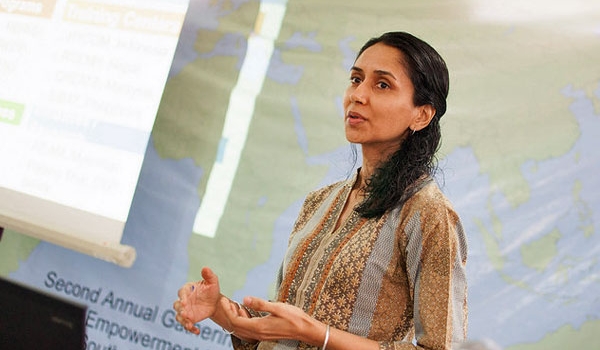By: Sarah Bardeen, former Communications Director
Dipti Vaghela is passionate about micro hydro.
To be fair, she’s also obsessed with other mini-grids, including biomass gasifiers and small-scale solar. But since 2006, Vaghela has been deep in the weeds on this subject, working as both a researcher and a practitioner to develop community-based micro-hydro in South and Southeast Asia.
Vaghela’s organization, the Hydropower Empowerment Network, takes a country-by-country approach to rural electrification, helping micro hydro and other technologies take root in places where electricity is expensive and hard – or even impossible – to come by.
Micro-hydro is defined as hydropower that produces less than one megawatt of energy. It typically creates no reservoir, and it’s often used to power small, remote communities where the central grid doesn’t reach.
Her goal? To bring electricity in a sustainable and participatory way to places that need it.
Why Micro Hydro?
Often, says Vaghela, micro hydro makes all the difference in small communities that lack access to electricity. But isn’t solar easier and faster to install?
Vaghela, a former Switzer fellow who earned a degree in Mechanical Engineering from UC Berkeley, agrees. “For solar, it’s very plug-and-chug. You bring in your panels and batteries, and within a couple of hours, it’s typically done.”
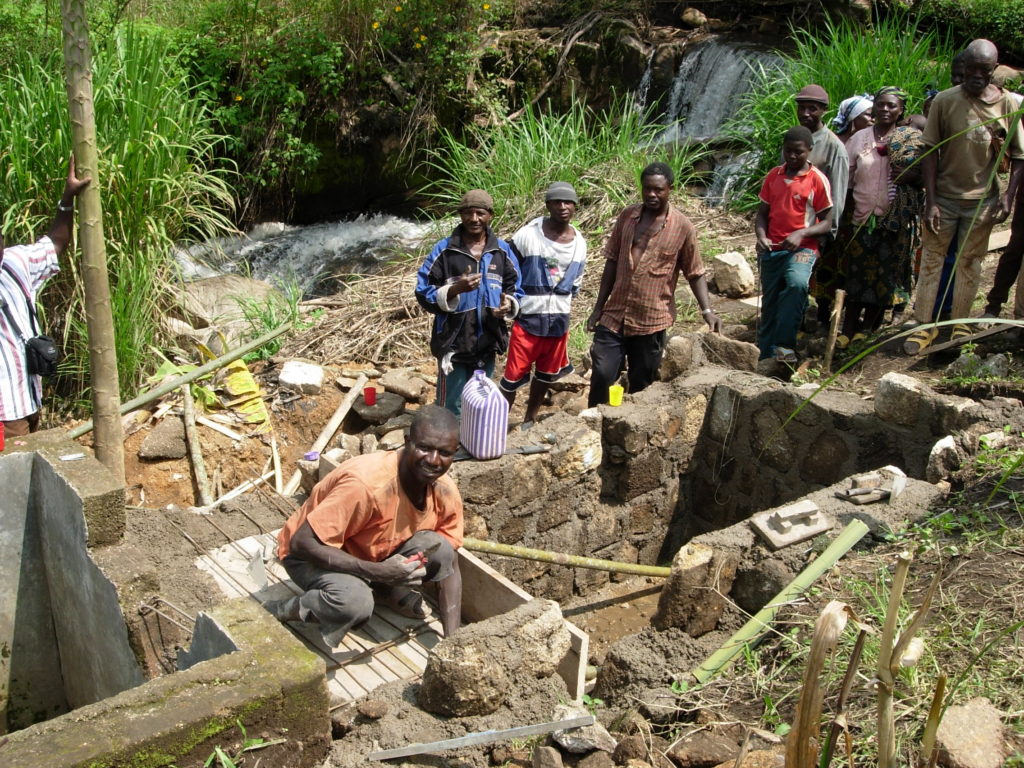
When you’re developing micro hydro, says Vaghela, the process is much more involved. “You have to measure the water, understand the watershed, learn how to protect the watershed before you install the micro hydro plant.”
And then there’s the engineering. Locals need to build a small check dam and a channel, lay the pipes, and build the powerhouse, the turbine, and the transmission line.
“It usually takes up to a year if you’re lucky,” says Vaghela. “Sometimes two years.”
Given that the process is so time-intensive, why would a village choose micro hydro over solar? In some ways, Vaghela says, micro hydro has proven to be a more durable and sustainable means of electrifying villages. I asked her why that was.
The key, she says, lies in community involvement. In Malaysia, at a center funded by National Geographic, people have started to build turbines locally for the first time. “These local experts have a great deal of pride. They really love the work, because they’re able to electrify villages, but they’re not giving up their value system to do it.”
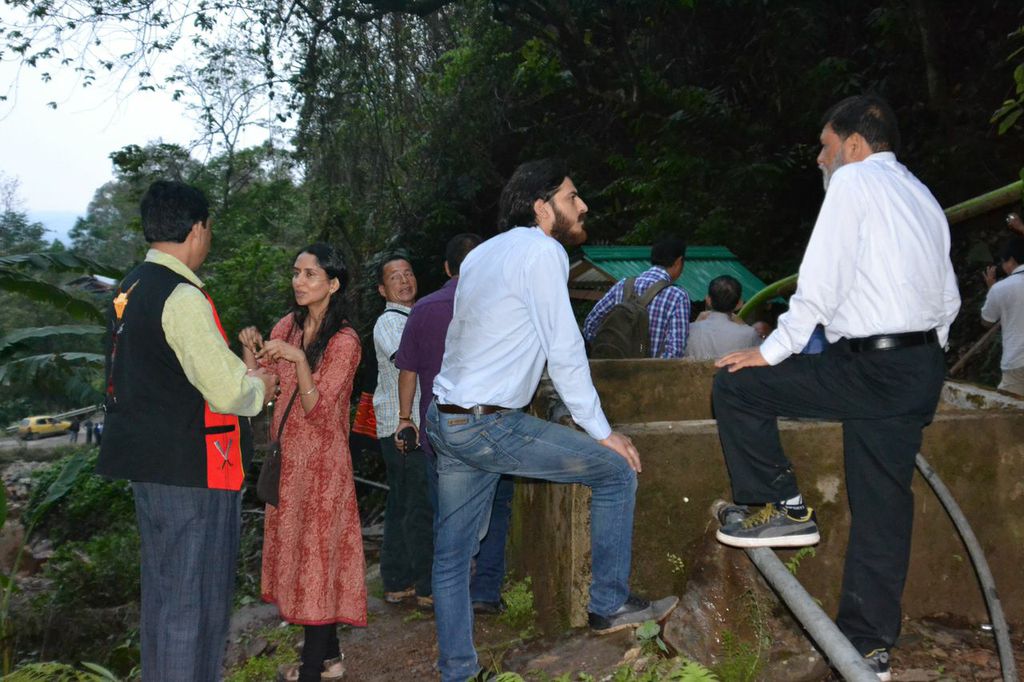
“Many people say, ‘Why don’t you just get turbines from Oregon or California?’” says Vaghela. “There’s a difference – not only with the pride part, but also in that when something goes wrong, if they know how to build it, then they actually know how to take care of it.”
This lies in sharp contrast to projects where a project is installed without the involvement of villagers. I ask her how often a government will install an energy project and never return to check on it to make sure it’s still working.
“In all of the government programs that have given free solar,” says Vaghela, “it nearly always happens.”
Install ‘em and Leave ‘em
Since the ‘80s, Vaghela says the Indian government has installed waves of free solar home lighting – and now they’re installing more and more large systems. “I’ve done a study – which hasn’t been published yet – in thirty villages in India over three years. Some had solar, some had micro hydro, and others had the grid.”
And how did they function? Only the micro hydro systems, says Vaghela, had been working consistently over the course of the three years.
It might be tempting to think that the problem lies with the solar panels. The problem, however, isn’t technological. Rather, it has to do with how much – or how little – the installers engage with the people receiving the system.
Unlike with micro hydro, in most solar projects, local people aren’t given even basic training. Vaghela says the contractor has no incentive to do so. “They’re not really into the work of interacting with the community,” she says.
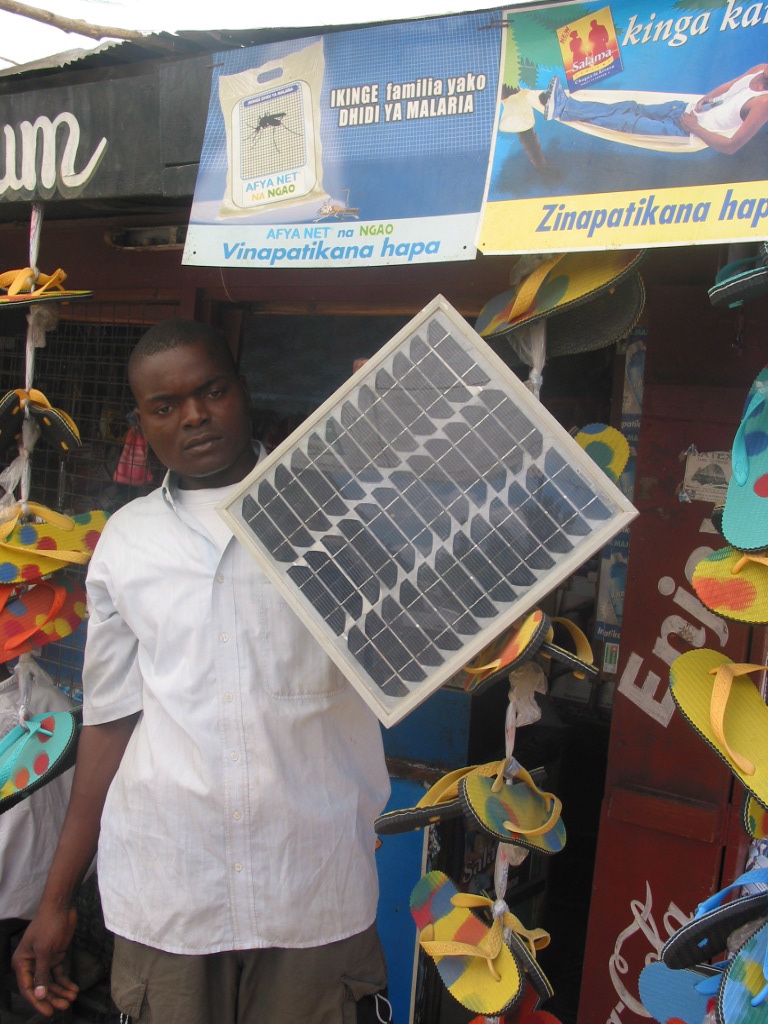
The result is a morass of misinformation which means that – sometimes within months – the systems stop working. In some places, people stop filling their batteries because they need distilled water (which they don’t have) to make them work. In others, they take off the load controller because they don’t understand what it does. The lack of information can be astonishing: “In one household we went to,” says Vaghela, “the woman thought the panel would melt if she kept out in the sun for too long.”
But with even minimal training, users quickly grasp how to care for their systems. When it became clear people were removing their load controllers during Vaghela’s study, “we explained that the controller is like a mother, making sure that the battery isn’t underfed or overfed.” That simple explanation, often, is enough. “Then they immediately go and get their controller and tell us please, put it back on.”
Installers also don’t always understand the wider local context. Often, in solar home lighting, panels will be stolen right off the rooftops. To prevent this, users want to route the cable through their front door, Vaghela says, and bring the panel in every night to protect it. “But the installer wants to use the shortest amount of cable, which is straight up through the roof, which doesn’t allow the user to carry the panel back in at night.”
Without a long cable, either the panel gets stolen, or “the user ends up cutting that cable that was installed,” she says, “and buying their own wire, which is much smaller. So the charging efficiency drops, and the battery isn’t charged as well anymore.”
It’s just one example of how design and installation doesn’t take into account the user’s needs. But the problem of poor training and follow-up is not limited to solar power. “It’s the same thing with other mini-grids and the central grid in rural areas,” says Vaghela.
Mice and lizards, she says, can wreak havoc on the mini-grid electronics. “There’s no one monitoring the burned transformer of the central grid is repaired, whether the grid is functioning,” she says. “No one comes and checks on it because the contracts have been closed. It’s just the nature of rural electrification work in developing countries.”
“A lot of these projects fail. Because they’re out in the middle of nowhere, typically, and it takes a lot of social and technical training for everyone involved. Not just villagers but the staff, local officials, national policymakers, others in the hierarchy. And the technical solutions don’t always match the social and real needs on the ground.”
The Success of Bottom-Up Solutions
So are there places where small-scale, renewable mini-grids are working well? It turns out that the answer is an emphatic “yes.”
“The places where this has happened well has been ironically where the World Bank has devoted funds – and funds over decades – to mini-grids.” She laughs. “‘Mini-grids’ is the new name, but back then it was just called decentralized renewable energy.”
It turns out that in countries like Nepal, Sri Lanka and Indonesia, the World Bank and their international partners began lending to develop micro-grids starting in the 1990s. This sustained stream of funding has built some of the strongest micro-grid programs in the world.
Now, says Vaghela, the local people are reaping the benefits of decades of experience building and maintaining their micro-grids. Some local experts started as fledgling technocrats. Now, she says, these developers are selling their micro-grid technology to Africa and Eastern Europe. “They have the best electronics for grid interconnection,” she says. Villagers protest against large dams on Myanmar’s Salween River.International Rivers
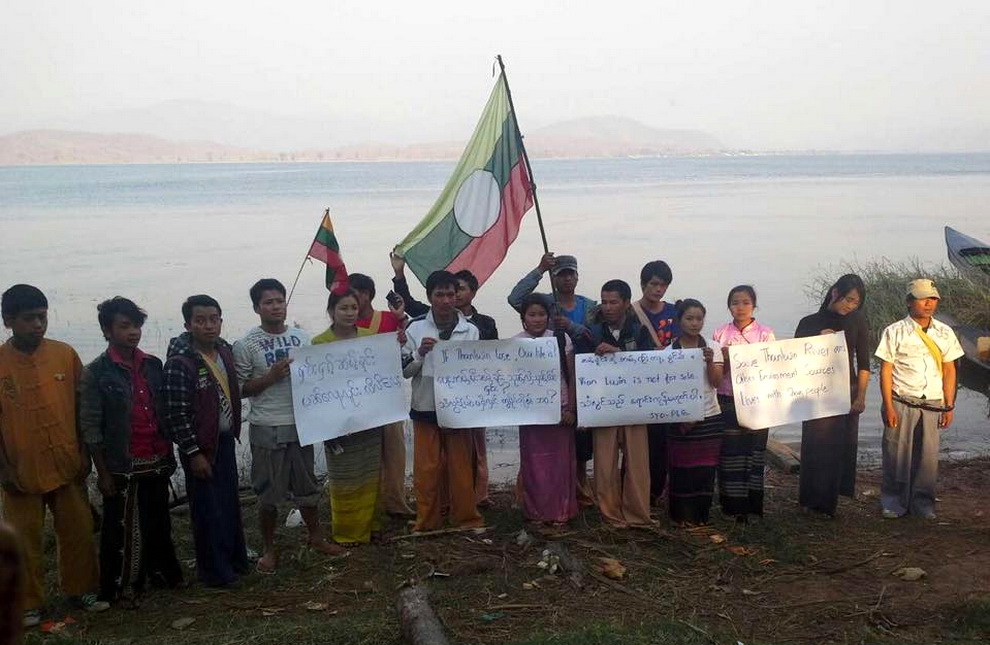
In other countries, like Myanmar, local entrepreneurs have actually developed mini-grids on their own, creating an entire economy with no input from the World Bank or international funders.
And this isn’t just good for the villagers. Mini-grids can actually be more dependable than the central grid, and can build flexibility into a central grid when interconnected.
Right now, if there’s an issue in one area of a central grid, the entire grid will fail, says Vaghela. (Just think about Hurricane Sandy in 2012.) But a mini-grid, by definition, functions more like a smart grid – if the central grid fails, the mini-grid can continue to generate and deliver power to its customers.
And that means, says Vaghela, that mini-grids can actually make the larger grid more resilient to climate shocks, which are only becoming more frequent in this era of climate change.
Add the economic benefits to the picture, and micro hydro and other mini-grids start to look like a solution to energy poverty. “Our villagers,” says Vaghela, “can actually be the power generators for the country.”
“Small, decentralized systems can earn revenue for the village, bringing it out of poverty and at the same time generating renewable energy.”
Promoting economic development while de-carbonizing the energy sector and saving rivers from big dams? Sounds like a solution to us.

